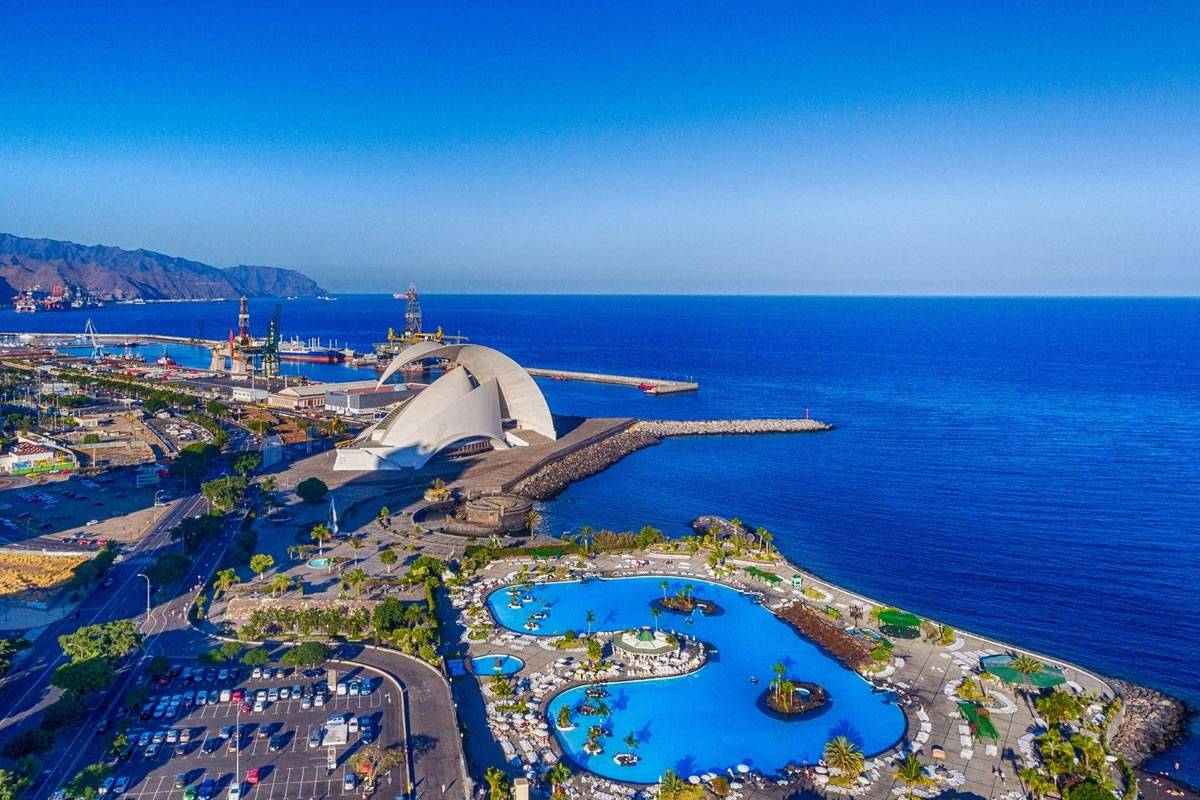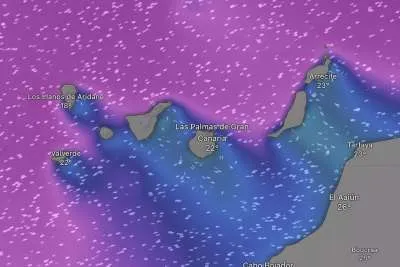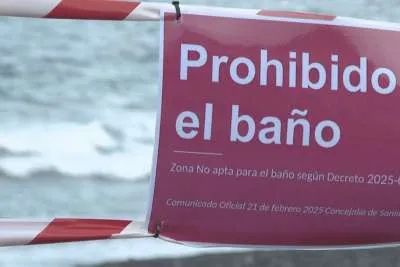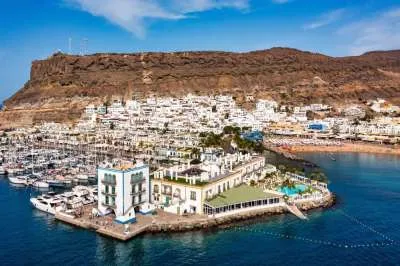Santa Cruz records highest temperature in December for over 100 years with 28.6°C
- 03-12-2024
- Tenerife
- Canarian Weekly
- Photo Credit: Ayuntamiento de Santa Cruz
Santa Cruz has experienced its hottest start to December in over a century, with temperatures soaring to 28.6°C at 1:40pm on Sunday afternoon in the capital of Tenerife.
According to the Santa Cruz Observatory, which has been monitoring local conditions since 1920, this new record surpasses the previous December high of 28.2°C, set on Christmas Day in 2009, by 0.4°C.
The State Meteorological Agency (AEMET) confirmed the record, sharing the milestone on its social media platforms: “Santa Cruz de Tenerife broke its December maximum temperature record on the 1st: 28.6°C. This exceeds the previous record, set in 2009, in a series that spans more than a century,” AEMET posted on X.
The record-breaking temperature was first noted by Ansgar Seyfferth, a statistics professor at the University of Alcalá de Henares. On Monday, Seyfferth highlighted the historic achievement on his X account, noting that "the historic Santa Cruz de Tenerife Observatory, with data dating back to 1920, started December by breaking its previous Christmas Day record from 2009 by four-tenths of a degree."
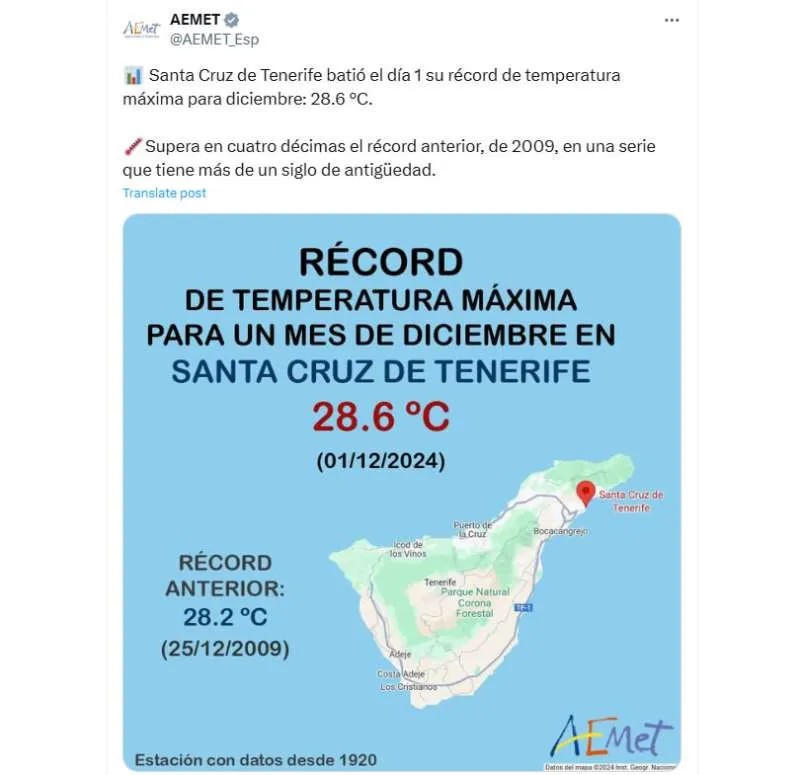
However, Santa Cruz was not the hottest place in the Canary Islands that day. Other locations, including Mogán, Adeje, San Bartolomé de Tirajana, Agüímes, Maspalomas, La Aldea de San Nicolás, La Graciosa, and Las Palmas de Gran Canaria, experienced even higher temperatures, with some exceeding 30°C.
The professor also pointed out a striking global pattern, citing Norway’s unprecedented December heat on the same day. Tafjord recorded 18.7°C, marking the highest December temperature ever recorded in the country.
Climate Implications
This unusual December heat in Tenerife and beyond highlights a growing trend of extreme weather events, often linked to climate change. The increasing temperatures not only highlight shifting patterns but also signal potential challenges for ecosystems, infrastructure, and public health as regions adapt to increasingly unpredictable conditions.
Other articles that may interest you...
Trending
Most Read Articles
Featured Videos
A Vision of Elvis Tenerife Promo
- 10-05-2025
Tenerife Travel Guide
- 13-12-2024
Live webcam from Lanzarote airport
- 13-12-2024


